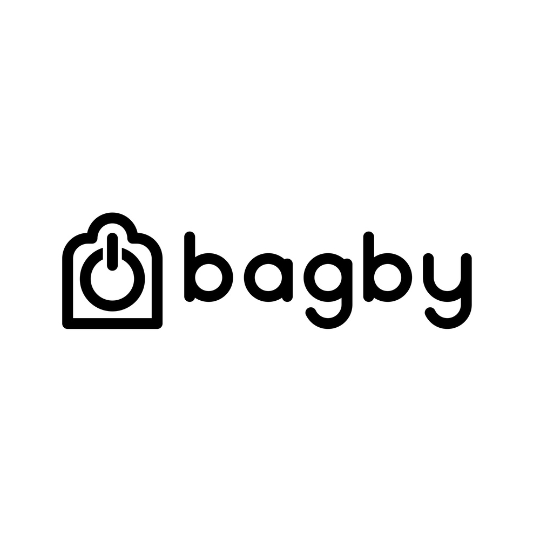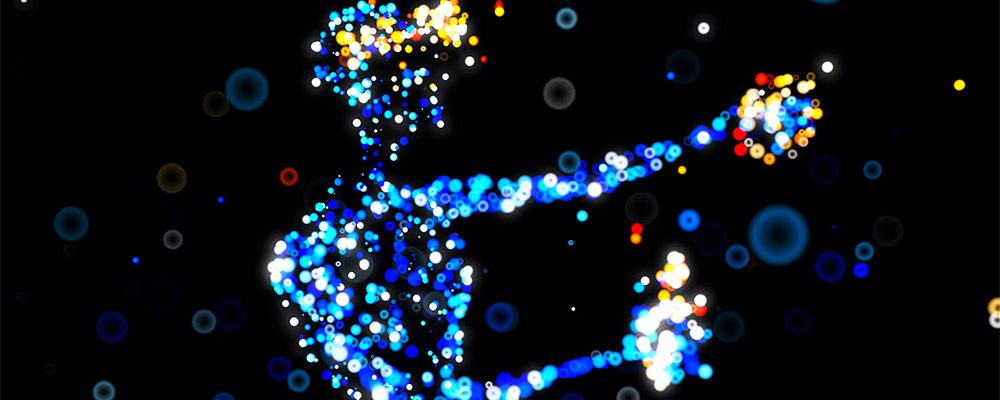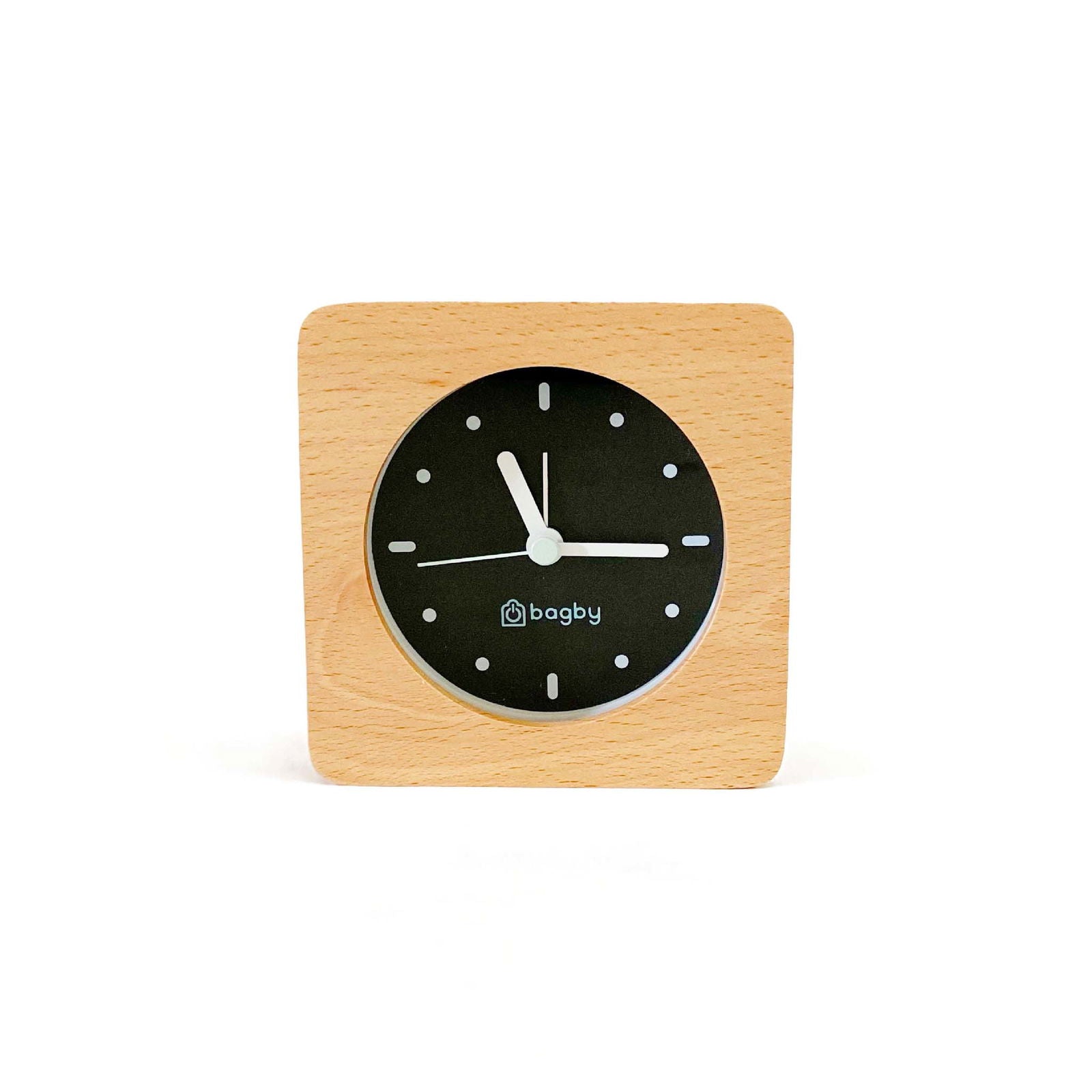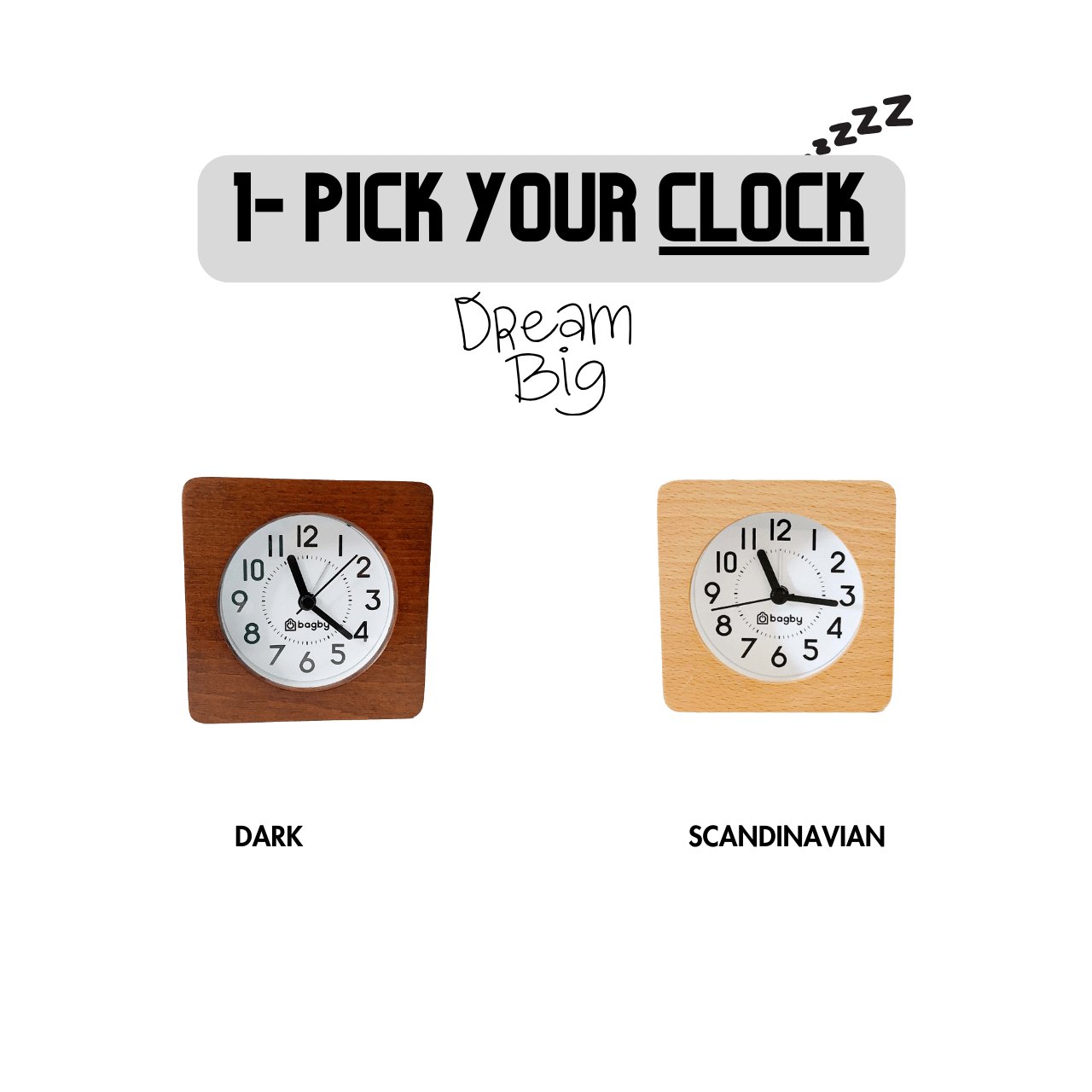We all have days when picking ourselves up from the couch and going to the gym feels simply too hard. But what if someone was to reward you for doing that? A medal, perhaps? Would that make it easier for you to get in your car and drive to the gym? Leading psychologists say yes. And that’s what gamification technology is based on—rewarding you to push yourself on your journey of self-betterment.
And it’s not just limited to physical health. Today, from learning new languages to managing your finances, you can see gamification technology everywhere.
But, as good as it sounds, experts are raising concerns around this technology, as gamification is essentially unregulated. And since its design is based on behavioral psychology, it also has the potential to cause physical and mental damage.
So, in this post, we’ll have an in-depth look at the concept of gamification, the science behind it, real-life examples, and ethical concerns to analyze whether or not gamification tech is good for you. So, let’s begin.
What is Gamification?
Before moving further, let’s take a moment to understand what gamification technology actually is.
Gamification is the concept that sprouts from the idea of using game elements in non-game contexts to increase user motivation as well as engagement. There are two factors that matter when gamifying a certain activity: Game Mechanics and Game Dynamics.
Game Mechanics
Game mechanics are basically a roadmap for developers to optimize a product for an enhanced user experience. It contains a set of rules and rewards that they can include to build audience engagement. There are missions, levels, leaderboards, badges, points, and many other things.
Game Dynamics?
While game mechanics take a technical route of making digital products much more interesting, game dynamics contains the psychological understanding of human behavior, which developers can refer to while optimizing the app.
Game dynamics uses a set of behaviors, emotions, and desires that resonate with people. For example, winning has evolutionary value for humans. For centuries, people have treated winners with value and respect. And it has engraved the desire to win deep inside our psyche.
Game dynamics taps into that primal desire by introducing leaderboards, a news feed, badges, and surprises on successful mission completion.
Here are some examples of game mechanics and game dynamics in things we use in our daily lives.
Headspace
When cultivated effectively through experience, human psychology can yield astonishing results. And that’s what Headspace focuses on.
It’s an app-based service that helps users better their mental health through guided meditations, mindful yoga, and other exercises.

When you log in to this app, you’ll find a dashboard of statistics that displays your current streaks. It gives you a visual reminder of potential loss, which is an incredible motivational factor for users to keep their streak going.
This application uses the concept of loss aversion to build habits in their users to keep them coming back to the app every single day just so they don’t lose their streak. And in the process, they build better mental health, accomplishing the app’s primary goal.
KFC’s Shrimp Attack
While one might expect apps like Headspace to use gamification to motivate their users, it’s hard to imagine how brands like KFC can use this concept to build user engagement.
But frankly, that’s the beauty of gamification. You can apply this method to any type of brand, and it will work just fine.
In 2018, KFC Japan launched a marketing campaign that used an interactive game to display its new menu. In this game, players could sway away at falling shrimps on the screen (much like the game Fruit Ninja).

They marketed this game on a huge scale. And as a result, 22% of people who played the game redeemed their reward voucher in a physical store. Because of this, KFC Japan’s saw a 106% increase in their sales figure compared to the previous year.
Duolingo
You may have heard of Duolingo, an app that completely changed the way people learn new languages.
Learning a whole new language can be somewhat daunting. And the makers of Duolingo have that realization. So, they thought, why not combine language classes to game-like tasks. Will this help people learn new languages faster and not quit in the process?
Well, here is the result. Duolingo has over 500 million registered users with a staggering 42 million active members per month.

These are just a few examples. There are a ton of other companies that use gamification to engage their users with their products or service. So, I think it’s safe to say that gamification works. But the question is, why does it work?
Is it because we grew up playing games, and when these brands apply game methods in non-game contexts, we become nostalgic?
So, here’s a thing. Game-related nostalgia just plays a tiny fraction of a part in the success of gamification technology. Decades of understanding of the human psyche have a much significant role.
The Psychology Behind Gamification
Gamification isn’t a random concept. It has a huge psychological understanding of human behavior, emotion, and motivation helping developers tap into the inner core of the human subconscious. Have a look.
Satisfying Fundamental Human Desires
Over the course of millennia, evolution has chiseled the desire for reward, recognition, status, and achievement in us. Though we may be able to learn to control these desires, we can’t overcome them.
Gamification taps into this unchangeable human emotion. And because of this, products with gamification technology succeed in gaining recurring visitors every single day.
A Sense of Community
In 1943, American psychologist Abraham Maslow proposed “The Theory of Motivation,” in which he mentioned the “hierarchy of needs.”
The concept behind the hierarchy of needs is simple. It says that humans have five levels of needs, which include:
Physiological Needs: Such as food, water, warmth, and rest.
Safety Needs: Security and safety
Belongingness Needs: Intimate relationships, friendships, and a sense of community
Esteem Needs: Prestige and feeling of accomplishment. And finally,
Self-Actualization: Achieving one’s full potential, including creative activities.
Gamification not only taps into our esteem needs by triggering our innermost desires, but it also plays with our need for belongingness in its design.
Take workout apps, for example. They allow you to share your progress with your friends, participate in friendly competitions, and even make new goal partners.
This gives you a sense that you’re not working out alone. You have many people doing the exact same thing with you, which makes it easier to follow your routine, even at times when you just want to quit
Emotional Connection
If you have ever been into video games, you know that most of them follow a story. The character faces many obstacles linked with the story, and when it manages to pass through all of them, the game ends with a satisfying climax.
Now, what if you take the story out of the video game? The missions remain the same, and the obstacles you face won’t differ. The only difference there will be is that you’ll find everything unconnected and eventually get bored of the game.
This happens because “people remember stories, as opposed to unconnected facts,” says an article from Growth Engineering.
When there’s a story, people give their full attention. This is why gamification developers create narratives around the activity in their product to make it much more engaging and relevant to the user.
Relieves Cognitive Overload
Our brain can only handle so much information at a time before becoming overloaded. Gamification technology completely submerges you in the product, because of which you won’t be worried about other things at the moment.
“If you play Angry Birds or some other game on your mobile or laptop, you are not thinking about what you are making tonight for dinner. You are thinking about what is going on in the game,” says Carol Leaman, CEO of Axonify, expanding upon this point. “When you incorporate learning in that experience, it causes a hyper-focus on the key learning point.”
This has been shown to clear the brain of distractions and relieve stress. And when this occurs, better learning happens.
The Loss Aversion Theory
This is probably the most critical aspect of gamification because losses can be twice as powerful as gains, say, psychological studies,
The loss aversion theory says that people prefer avoiding losses to acquiring equivalent gains. For example, an individual would prefer not to lose $10 instead of finding $10.
When users win or earn awards on a gamified product, subconsciously, they don’t want to lose them. This causes the user to continue engaging with the product so they can retain their achievements.
So, these are the psychological factors that drive gamification technology. It encourages and motivates us to push harder and achieve more in life. But, as good as this technology is, it too has a dark side, which gives it the ability to cause serious problems. Have a look.
The Dark Side of Gamification
Applying game elements in non-game contexts was certainly a great idea. It makes mundane tasks much more fun, and with a competitive environment, you’ll actually be able to learn and achieve things faster.
But that’s the ideal world we’re talking about. Undoubtedly, gamification has many benefits. In fact, I love using apps like Duolingo every day.
But we also can’t face away from the fact that this technology has many imperfections which can do more harm than good if handled in the wrong way. Have a look.
Competition
One of the most important elements of gamification is that it introduces competition. And, the very nature of competition is that you get winners and losers.
Now you may not care about winning in your language learning streak or how many more miles people ran than you worldwide. But when gamified competitions are introduced in places like schools and workplaces, it can have adverse effects.
For instance, a gamified environment can create unhealthy competition among students. It can make them go above and beyond to collect badges, points and finish on top of the leaderboard.
And, undoubtedly, it’s great for the winners. But “this can lead to an unwanted scenario that may create attrition among weaker students,” says a research study from Malaysia.
And it’s no secret that unhealthy competition can cause a serious toll on people’s mental health and wellbeing.
When you take the traditional form of competition and gamify it, that doesn’t change a lot of things. And sadly, many organizations are doing this exact same thing.
Addiction
Gamification tech fosters addictive behavior, say experts. That’s because gamification uses game elements that can put users into a state of hyperarousal. When that happens, your brain associates that activity with an easy source of dopamine release.
And easy dopamine release is precisely how people get addicted to a lot of things, including alcohol and illegal substances.
Given the state of current research, it’s possible that gamification can be your gateway to severe tech addiction which can be detrimental to your physical and mental health.
I’ve already written a separate post on “Manipulative Technology,” and how you can protect yourself from its effecs. So, give it a read.
Exploitation-ware
At face value, gamification seems innocent and massively beneficial to people who use gamified products. But what we don’t realize is that gamification is a spectrum. We can’t simply look at one or two gamified strategies and say it’s all good.
Indeed, earning a badge upon running ten miles or seeing a progress bar go up in your language learning class may be rewarding. But gamification isn’t just limited to these things.
When we dive deep into how gamification is being used worldwide, it’s often scary. And here’s why.
Worker Control Systems
Disney & Amazon, two of the most gigantic companies in the world, have built worker control systems using gamified strategies to push their workers to put in more effort. They display scoreboards in laundry rooms and warehouses showing their worker’s productivity information.
Surely, at first glance, it may seem like an excellent tool to boost productivity. But several stories have surfaced showing that soon after installing these scoreboards, workers went above and beyond to achieve better scores.
And, be mindful that they’re not improving their scores by working faster. Instead, they’re skipping their bathroom breaks and even meals to make it happen.
Gamifying work environment indeed increases productivity. But at the cost of workers’ physical and mental health?
The Social Credit System of China
Recently, the Chinese government has started rolling out a vast ranking system that will monitor their enormous population’s social behavior.
This system analyzes and ranks its citizens based on their “social credit.” These scores will adjust automatically based on infractions like smoking in a no-smoking zone and bad driving.
But the problem is that the Chinese government isn’t just ranking their citizens. They’re punishing them for having low social credit by preventing access to the internet, travel, and even higher education.
Just another example of how gamification can affect the masses if not used appropriately.
Cultural Lag Hypothesis
The 1988 cultural lag hypothesis by Sociologist William Fielding Ogburn best describes how we can view gamification in the modern world. His hypothesis says that “an innovation in one part of the culture, usually in science or technology, creates the need for adjustment in another part.”
This means that there’s usually a lag between the time when new technologies are developed and the frameworks necessary to assess their ethical implications.
Now, given that gamification is one of the fastest-growing behavioral tools in business and education, we most certainly haven’t had enough time to consider the ethical issues it raises. Right now, all we can do is ‘trust’ that the people who are developing this technology do it just for the sake of our good and nothing else.
Final Thoughts
Before closing this post, I want to make it absolutely clear that I’m in no way against gamification. It’s an amazing development for the general population to be more productive and efficient.
When used correctly, gamification can incentivize healthy and beneficial behaviors. It can help you learn a language. It can help you lose weight. It can help you get better sleep.
But it has risks too.
So, before indulging in any gamified technology, I want you to dig deep into its methods and think about these things:
- Does the gamified product I’m using provide transparency on its methods?
- What long-term effects can it have on my physical and mental health?
- Are the benefits worth the consequences?
Gamification tech is not a game. You’re dealing with a tech that has the ability to change your psychology.
I won’t tell you not to use gamified products. It’s an amazing technology, and you’ll benefit greatly from it. I just want you to take a healthier approach to it. And that also happens to be the focus of our new show, “The Healthier Tech Podcast.”
We have experts from the medical, tech, and EMF industries teaching how you can build a healthier relationship with technology. And it’s also completely free. So, give it a listen.

















